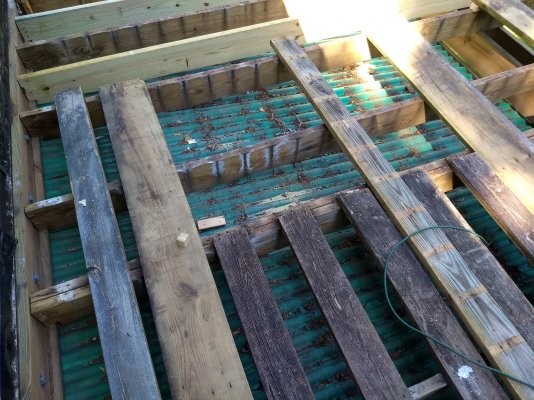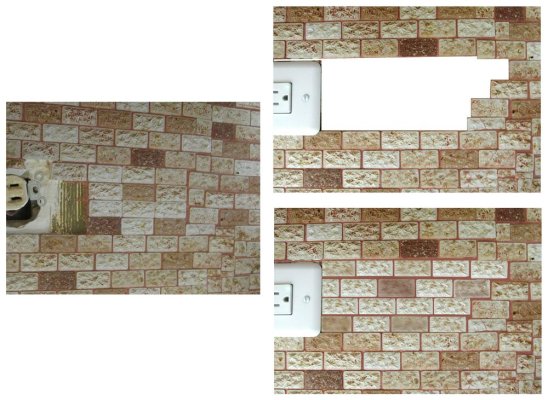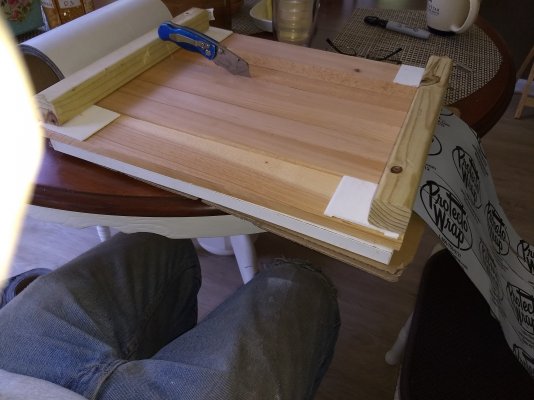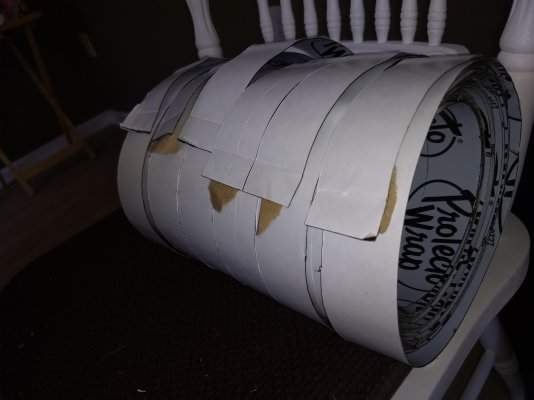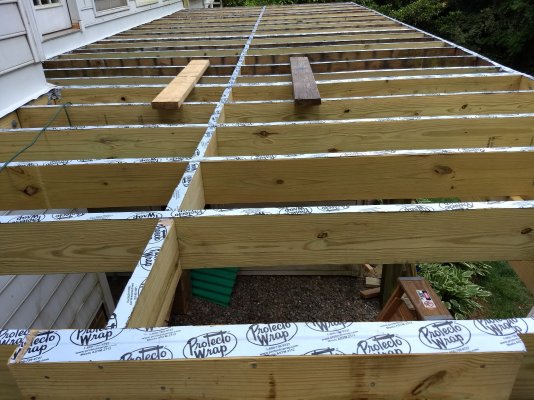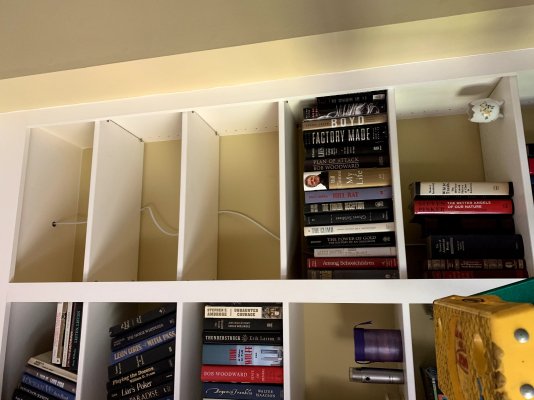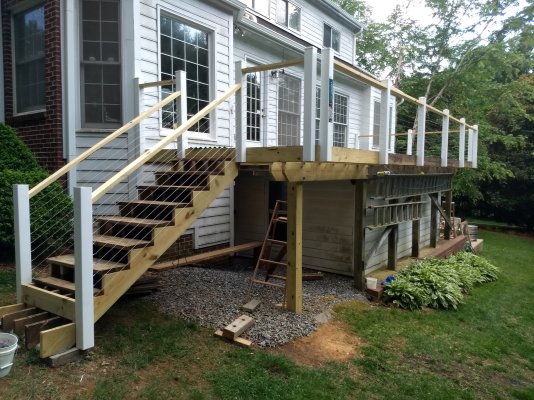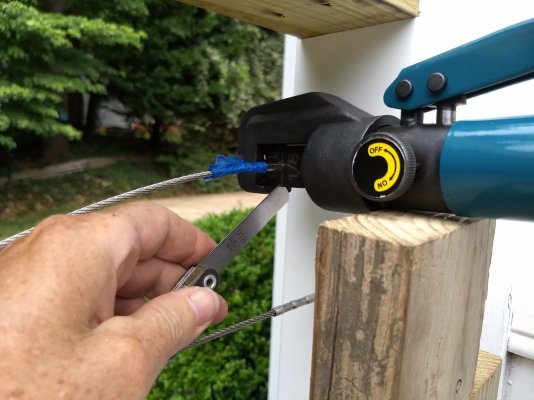NW-Bound, I'm sorry to hear that your mini's are slowly leaking but I am glad to hear that R-410a is available for purchase. As my unit has only been installed and I have no idea if it is also slowly leaking, I might go ahead and buy a supply of it, just it case it's suddenly outlawed. Also, if you do try the FlareSeal, please let me know what you think. I used NyLog but the seal seems like it would be a better solution for leaking connections.
I also used Nylog Blue on all the flare connections when installing. And as mentioned earlier, I pulled vacuum down to 50 micron Hg, and it held for several hours. That was still not good enough!
I suspect that good sealing under vacuum does not guarantee sealing under high pressure. The atmospheric pressure is less than 15 psi, and it presses against the seal to make it tighter. On the other hand the pressure of the refrigerant is hugely higher, and it presses outward on the seal to open it up.
How high is the operating pressure? For cars, I knew that R-134a ACs run at a much higher pressure than R-12, but I never worked with even the old R-22 residential systems.
It was eye opening for me, as I never had an R-410a system before. When I hooked up the gauge to the larger minisplit that was left running because it was still partially cooling, I saw that the low-side pressure was 50 psi. I recharged to bring it up to 110 psi, which is on the low side of operating range.
On the smaller minisplit that was not cooling at all and turned off, I saw 250 psi when I first hooked up the gauge. It dropped down to 25 psi when I turned on the AC. I also recharged it to 110 psi.
The minisplits had no accessible ports on the high-side pressure. It would be higher than 400 psi when working. That's horrendous.
If I open the connections up and install the FlareSeals, I will still put some Nylog Blue on the shoulder of the flared copper tubing, and also on the threads to serve as a lubricant to ease the tightening.
By the way, the discharged air of the AC is now in the low 50F. And I just checked the status of my solar lithium battery. It still has juice after running the ACs overnight. And one of the fridges, and some other appliances too. That is more like it.

PS. FlareSeals are expensive. A kit of 4 seals for one system costs $15. It is however worth it, considering the cost of refrigerant and the hassle.

